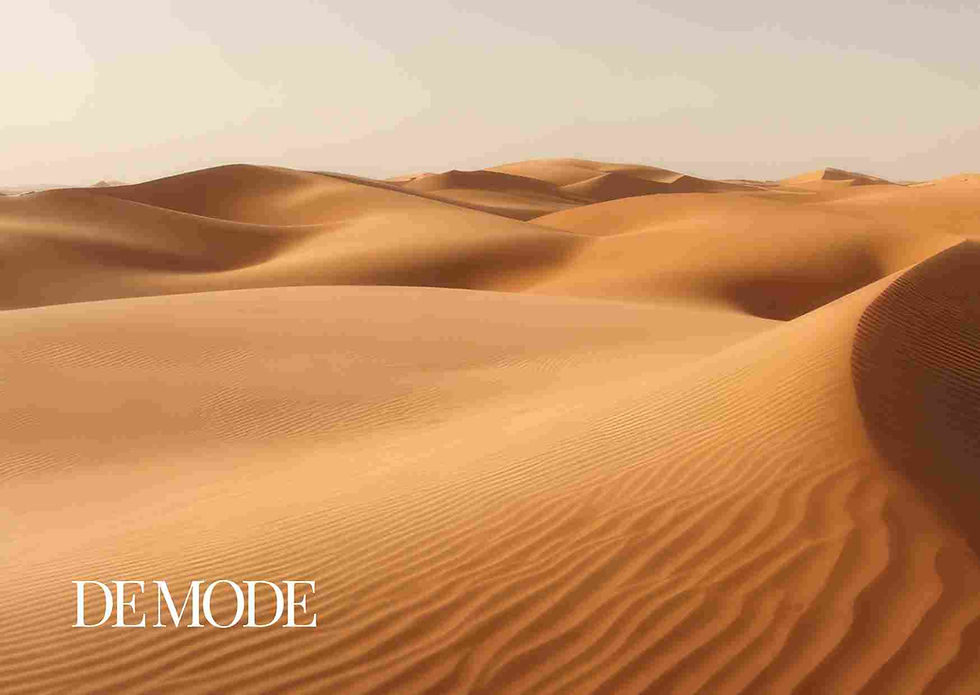EXPLORING THE GARDENS OF EUROPE
- DE MODE

- Aug 2
- 2 min read
ORIGINALLY PUBLISHED IN DE MODE
Article Published on: 02ND AUG 2025 | www.demodemagazine.com
Europe is home to some of the world’s most enchanting gardens, each reflecting a blend of history, culture, and artistry. From the meticulously designed landscapes of France to the wild romanticism of English gardens, exploring these green havens is like stepping into living works of art.
In France, the Gardens of Versailles stand as a symbol of grandeur and precision. Designed by André Le Nôtre, the gardens feature intricate parterres, elegant fountains, and sweeping avenues that showcase the French formal garden style. Similarly, the Château de Villandry in the Loire Valley mesmerizes visitors with its ornamental vegetable gardens arranged in geometric patterns.

Across the English countryside, gardens embrace a more naturalistic design. The Kew Gardens in London, with its sprawling glasshouses and rare plant collections, offers a fascinating journey through global flora. Stourhead in Wiltshire is another masterpiece, blending architecture and nature with its picturesque lakes and classical temples.
Italy’s gardens, such as Villa d’Este in Tivoli and the Boboli Gardens in Florence, combine Renaissance artistry with breathtaking views, adorned with sculptures, terraces, and cascading fountains. In contrast, the Keukenhof in the Netherlands is renowned for its vibrant spring displays of tulips, attracting millions of visitors every year.
These gardens not only provide aesthetic beauty but also offer insights into Europe’s history, reflecting the tastes and philosophies of the eras they were created in. Whether it’s strolling through the fragrant rose gardens of Germany’s Baden-Baden or discovering the Moorish influences in Spain’s Alhambra Generalife Gardens, each destination promises a unique sensory experience.
Exploring the gardens of Europe is more than a visual delight; it’s an opportunity to connect with nature, heritage, and artistry in their most harmonious forms.



Comments